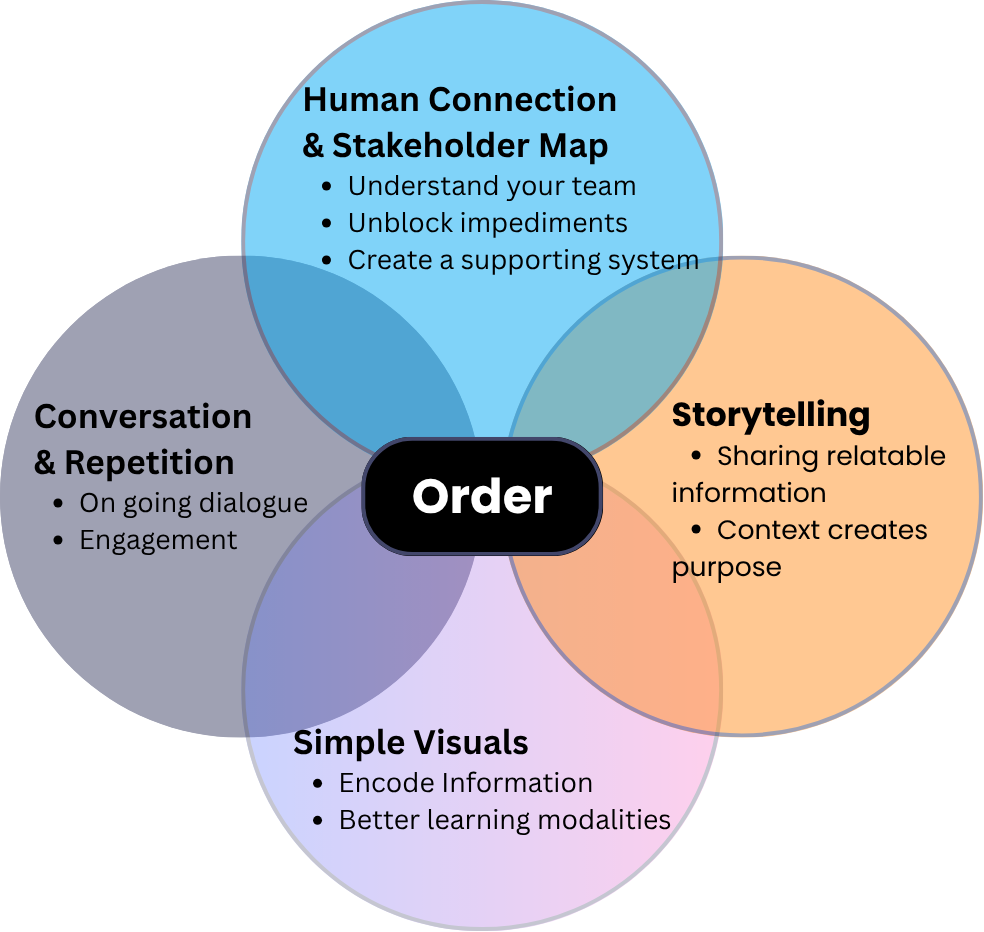Should the Cutover Sit Under IT Or Business?

Cutover Managers are coordinating the business transition onto a new technology via plans that contain intermeshed business and IT activities. Despite being a central role sitting across business and IT, the Cutover Manager role is generally owned by IT.
But do business stakeholders understand and easily accept these impacts associated with deployments? IT systems are tools that support businesses in their day-to-day work, to ensure the cutover approaches are protecting trading, shouldn’t the cutover be business lead instead?
The Business Cutover Manager?
As an IT person, the Cutover Manager can have blinkers on the business side, be selfish, and make the deployment easy for himself or simply not understand the business interest. So having the Cutover Manager sitting within the business will help to shift the balance.
However, despite sitting across both worlds, the cutover activities remain predominantly IT and based around systems so technical knowledge is paramount for the Cutover Manager to succeed. Also, IT interests need to be understood so they are factored in within the approach, an IT risk is ultimately a business risk.
A Business Cutover Manager in addition to an IT Cutover Manager?
To have the best of both worlds, maybe the solution is to have a business cutover manager working together with an IT Cutover manager. Imagine an orchestra with two conductors or two drivers driving the same car at the same time.
On top of doubling your costs by the fact of having two persons to hire instead of one, you will introduce additional work to constantly synchronise, it can slow down and create risks of gaps due to misunderstanding between the Cutover Managers — this is something that companies cannot afford knowing the criticality of deployment.
Can’t We Remove The Debate With Zero Downtime?
For example, with the Blue-Green deployment approach, you can eliminate outages.
This approach works well for code deployment on a single IT system and will work well on the entire landscape if the architecture is advanced enough to have decoupled IT systems.
However a common misconception is that cutover scope is solely code deployment, it is much broader! Code deployment is arguably the easiest part of cutover as generally, companies will have IT systems with established release mechanisms that the Cutover Manager can rely on to get the code to production.
In a mature organisation, a Cutover Manager should only have to ensure the required versions code of the various systems have been deployed in production before the cutover event and then synchronise with each feature team to toggle their code in line with the cutover plan.
The main challenge within cutover resides generally around data, more precisely the transactional data which flows across many systems and is required for the business to operate.
Major deployments will touch in most cases many areas of your IT landscape and few companies will spend money to have a fully duplicated end-to-end landscape able to handle these transactional data.
While we should always push to eliminate any impacts, we need to be realistic as it is unlikely there is a business case to implement infrastructures that will eliminate outages as major deployments are infrequent.
Conclusion
So to answer the initial question, should the cutover seat be under IT or business? I think it does not matter but there should be one that looks after all sides.
The definition of a successful deployment should not only be measured based on how smooth it went, there are many other KPIs like the business disruption.
So wherever the role is hired, the Cutover Manager needs to engage with all parties, to first understand all parameters and then come up with options that provide the best balance between all constraints.
All key stakeholders need to be taken in the journey till the selection of an approach.
Finally, the rationale of the selected strategy needs to be documented into a cutover approach and played back to the wider audience to ensure that the broader companies are supportive including the unavoidable side effects of the cutover.



